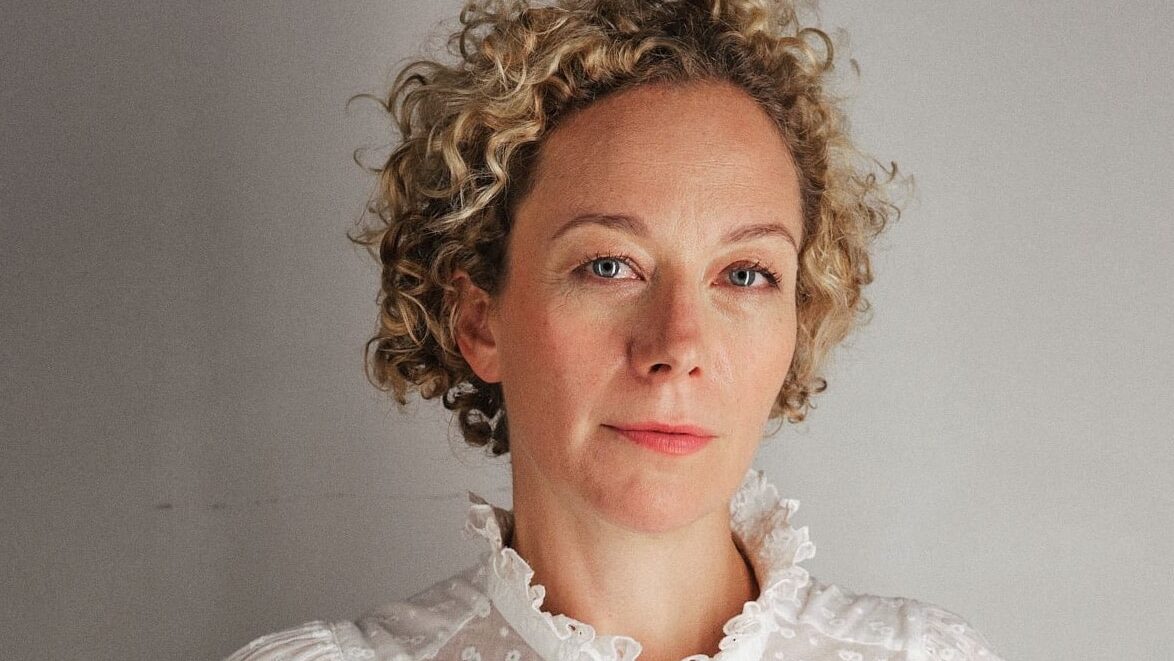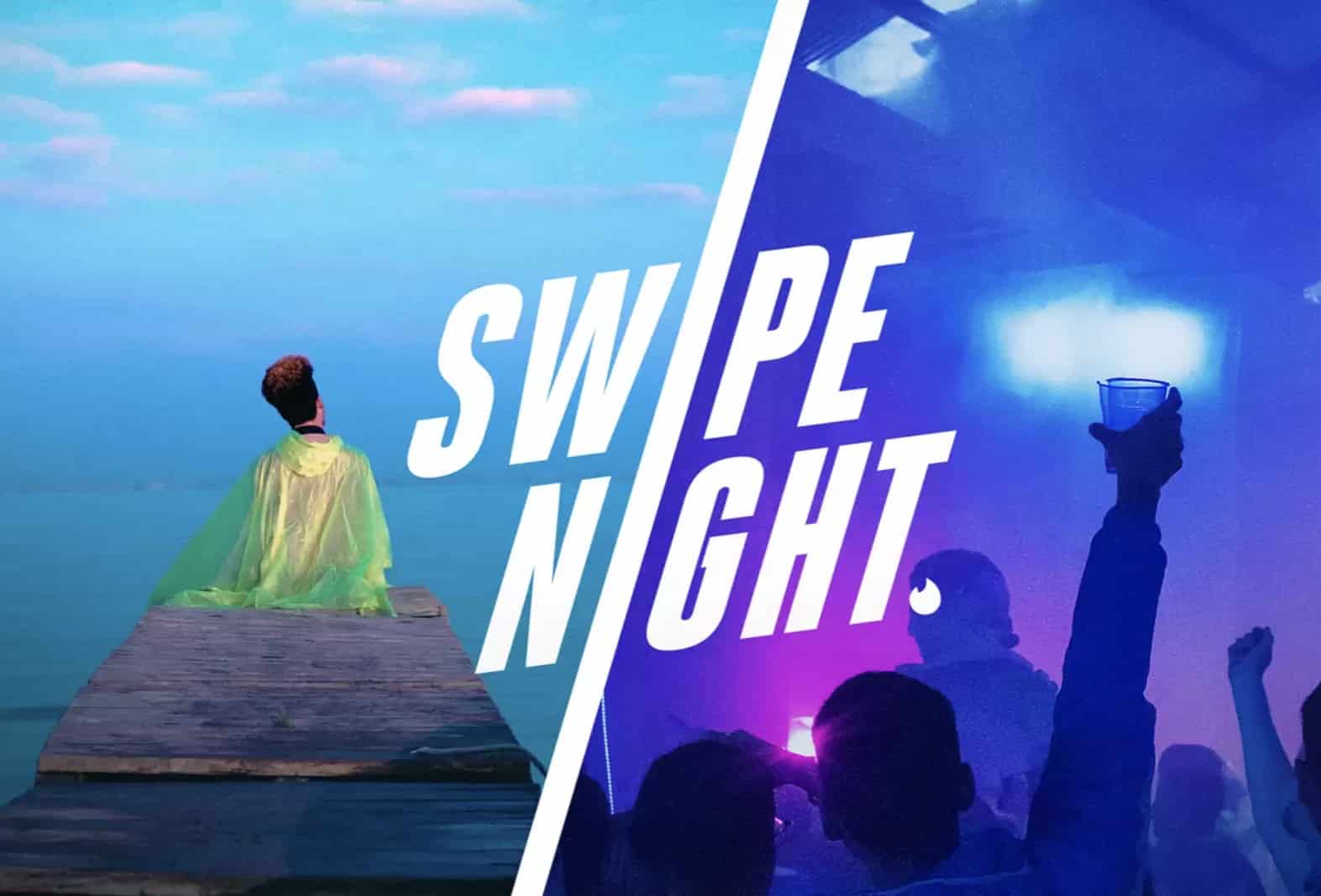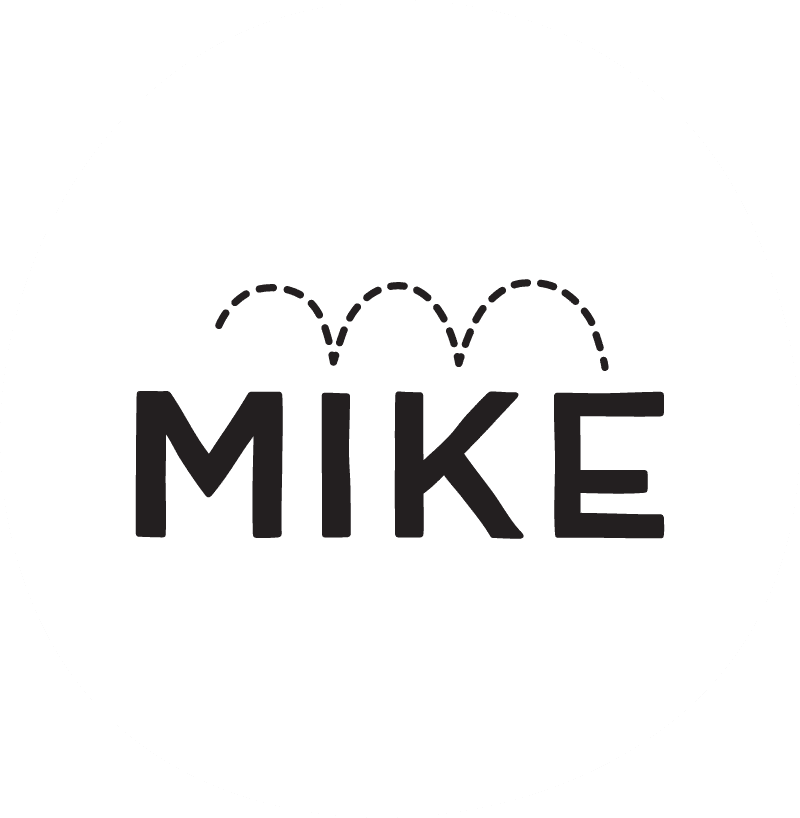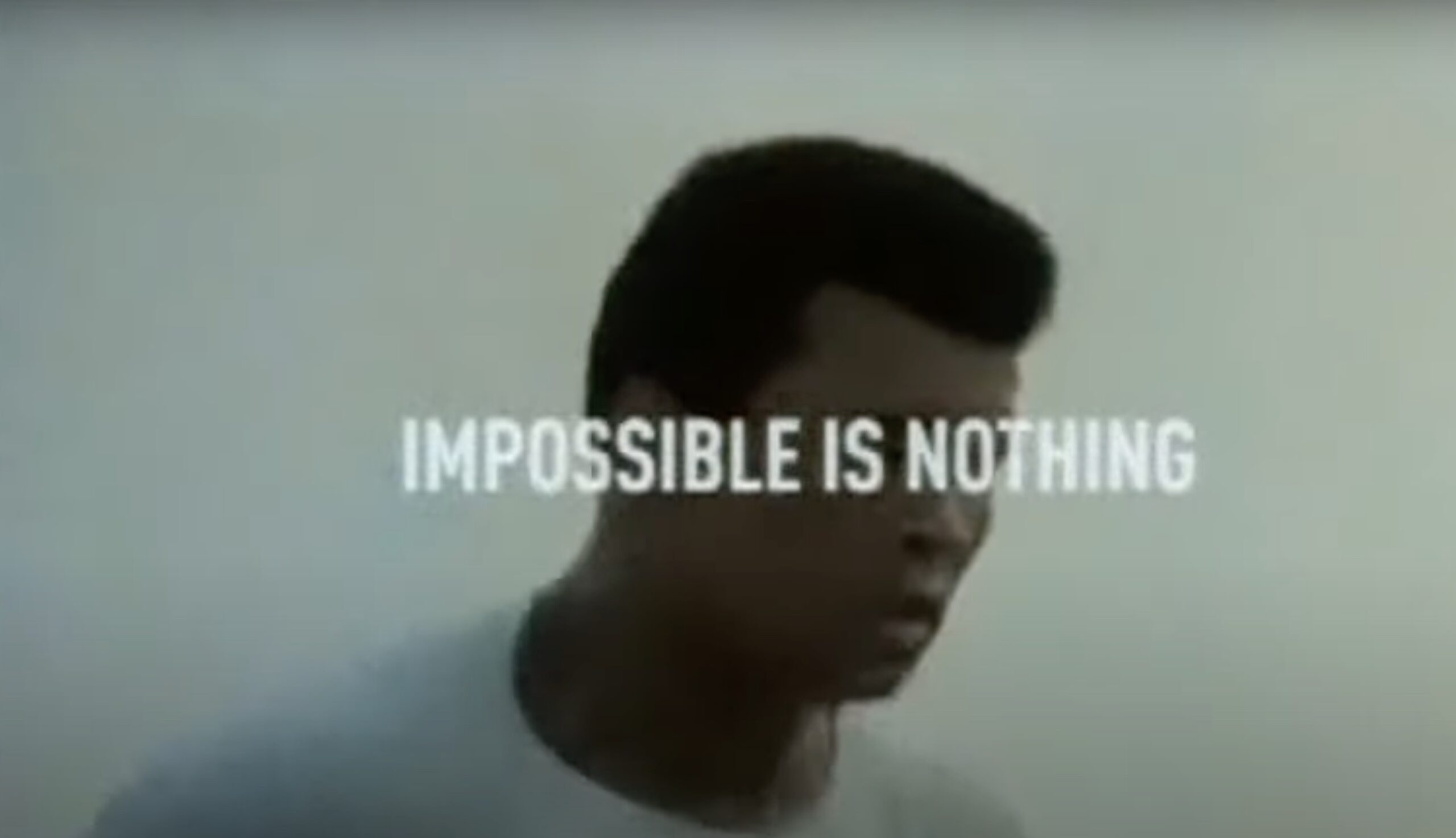We sat down with Kate Morrison from Google to chat about how collaborations between in-house and external creative teams can render great ideas, and truly exceptional content.

Image: Kate Morrison
Kate, you’ve won tons of awards, including the Cannes Lion Grand Prix & multiple Emmys. Can you tell us a bit about how it all began?
Well, I was really lucky when I started my career. I didn’t know anything about advertising. I studied politics and economics at Georgetown in Washington DC and then moved to New York to start a career in finance. My father was in the corporate world and successful, but seemed to really dislike it. My mother was an artist, but not commercially successful. So I guess between the two it seemed safer to go into the corporate world and figure out how to like it. But, as I started interviewing for those jobs, I realized that they didn’t make anything. That became very weird to me: the lack of definition in a life without a clearly defined output.
So at a loss for next steps, in 2002 I moved to Amsterdam, still unclear as to what I wanted to do. I handed out flyers for the Boom Chicago Comedy club. I started a clog company. These were not illustrious jobs. But, Amsterdam’s star had definitely been on the rise for the previous five years and via Monster.com, I found an opening for a business affairs assistant at the creative agency 180 in Amsterdam.
My first job at 180 was trafficking the launch campaign for Impossible is Nothing (Adidas’ famous campaign featuring Muhammad Ali & Layla Ali). It was the most amazing and inspiring environment. We were telling stories of human potential. We were making the best advertising in the world at the time. It was great.
Image credit: 180 Amsterdam / Adidas “Impossible is Nothing”, 2004
I was lucky enough to have stumbled into this place that was an amazing mix of left brain and right brain. The financial, analytical business side of my brain could work and run, but also the creative side of my brain could breathe and explore as well. I am so grateful to Peter Cline, who was Head of Production at the time and Chris Barrand, the Head of BA, who hired me.
“…if nobody teaches you the difference between great and okay, you actually don’t know…”
Of all the things they taught me, I think the most important thing I learned at 180 was how you push and interrogate ideas, how you sell them through, what you need to care about, and the level of passion that’s required to make exceptional work. In those communities, the quality of the work is your currency and you need to make it matter. Everything was discussed through the lens of: was it good or not good?
As a result of having that experience and understanding, the challenge of making truly great work was something I sought out in my career. I was very lucky because I think if nobody teaches you the difference between great and okay, you actually don’t know.
The marketing & media landscape has changed significantly in recent years; have you felt this shift?
It’s a really interesting challenge. You used to find your audience by interrupting them. That’s essentially what advertising has been, historically. Now, it’s become very hard to chase the audience. You need to enter much more of a reciprocal dialogue with them. That’s a result of streaming as much as it’s a result of social media. People have different expectations for what brands do and how they show up and what their values are.
So from my POV, you need to constantly remind yourself of who you’re making something for, and where. The responsibility for quality and imagining the potential of what a piece of work could be is the burden of the creative team and the producer. It’s a litmus test that pushes us into more interesting work.
Think about it this way. As you’re going through all these social media sites, what is it that stops you scrolling? There’s so much content now. We’re so inundated, what actually makes you stop and ask, “what’s that?”. The making of that is easier said than done. It takes a lot of bravery, and unfortunately I think a lot of organizations have a hard time being brave. In fairness, it’s hard being brave but I think it’s what’s required.
You made this switch over from 72andSunny, a world famous agency with such amazing work, to one of the most ubiquitous brands in the world. And with it, you’ve moved from agency side to brand side. What precipitated this decision?
I loved my job at 72andSunny. They’re a really amazing agency. The work was really fun and we were doing really great work with really great brands.
People were calling us for these huge media moments like the Super Bowl. It was fun to be in an environment where people were calling us for that stuff and the pressure was so intense.
But we also knew at 72, that the idea was the most important thing. As the Head of Production, I knew my team was best in class. But sometimes you are better off handing over the idea to the Influencer, to the Creative, to the New York Times, to go and execute on behalf of the brand, because it will feel more authentic and it will fit better with that language than anything you could ever make. I think that’s the new reality we live in and that’s ok. Again, it all comes back to really and truly interrogating what’s best for any creative idea and executing through that lens.
When Google approached me for this role, I had never been on the brand side so it was an interesting challenge from a personal perspective, just to understand and learn how the inner workings and machinations of a company work.
This role in particular also had all the challenges I could possibly imagine. It’s a software company and I work on the hardware team, so it’s the Pixel phones, the earbuds, the watches, the devices, the home automation products. It’s hardware which means physical products that need to reach destinations, box-on-shelf. Alongside software and hardware, it’s global. In this arena, Google is essentially an enormous challenger to what I would argue is the most beloved brand in the world; Apple. So it’s a challenge to do these really hard things and try to somehow put a chink in the armor of the most valuable company in the world. But it’s a great challenge and I believe if we can do this, we can do anything. And we can do this.
Image credit: Google, Pixel 6
The talent inside of Google is exceptional and it’s been great to discover a new brain trust and understand the different roles and talents within an organization and see what makes those humans successful. There’s also a reality of being on the brand side, in that you are more upstream. You’re still downstream in the process, but versus where you are as an agency, you have more influence over what the end product looks like at the development phase.
Ultimately, I love a challenge and this job held a ton of challenges – a world of things I knew I didn’t know – and that was appealing to me.
What are the core principles behind running a successful in-house agency?
Ultimately, it all boils down to talent. The quality of the talent on your team is indicative of how successful you’re going to be at what you’re choosing to do. You need to put the right talent in the right place, at the right time, with the right leadership. You can have the best players on your team, but if they’re not coached right, they don’t succeed.
When you’re operating an in-house team, I think you need to figure out, what is the team equipped to do and be great at? Do you have people who can execute TV brilliantly? Maybe. We do at Google, but Google’s huge versus many other companies. Even then, we don’t execute all of our own TV commercials because we only have a team that’s yea big. So when we’re out of bandwidth we’ll partner with agencies. That external perspective is often helpful.
“You need to put the right talent in the right place, at the right time, with the right leadership. You can have the best players on your team but if they’re not coached right, they don’t succeed”
In the agency world, you have a certain flow of execution — we have this many clients, we have this much business, we have this going through. You’re constantly optimizing. You need to take that same math to the in-house model, which is, you’ll get to more exceptionalism through specialization. That’s what I believe.
At scale you benefit from expertise from relationships with a list of partners. It’s a separate knowledge database of people who are experts on photography and understand how to make amazing still imagery. I have yet to meet anyone who can really hold the Rolodex of more than one discipline at the level we need to execute at, especially at the Fortune 500 scale that we’re talking about.
You also need to keep your talent motivated against the task. Standing up a content team year round when you really only have enough content for people for three months out of the year, is probably not a great plan for success. I don’t think creative talent or production talent really wants to be sitting idle. You need to exercise the talent on your team. They need to have enough opportunity to engage with the thing that they’re great at. If you have a great video producer, who’s come from an agency where they’re used to delivering five to eight campaigns a year and constantly being in the flow of executing work, and you bring them into an in-house environment where they have one and a half beats per year to execute against, they don’t have the same cadence of keeping their muscle memory sharp. So you need to be honest about what you can do and then commit to doing that really well and partnering where else you need to.
You’re a big believer in innovation in production. What are some of the innovations you’ve seen?
In an environment where it is hard to reach your consumers, innovation is about figuring out where you find them and how to engage with them when you do. For me, that’s an interesting creative problem to solve.
At 72andSunny, we worked with Tinder and we realized at a certain point that Tinder had more eyeballs on Tinder than it would ever make sense for them to buy out in the world. So, knowing that, how do you augment the platform to re-energize the platform?
We created a content series that was right on the Tinder app. So, when you logged on on Sunday at 6:00, you entered into Swipe Night, which was like a choose-your-own-adventure TV show. When you got to the end of it, it matched you with a whole set of people that had made similar choices to you, or had made opposite choices to you.

Image credit: Tinder, Swipe Night
It became the ultimate icebreaker. You had something to talk about. It also drove synchronicity. When you message someone, “Hey,” and three days later they respond back, “Hey,” it’s not a dynamic environment that sparks things. When you get everybody online at the same time, though, and they’re all pinging each other, it’s energy that creates connection. It was a re-imagining of understanding where the audience is going to be, and what do you need to do to engage them. That, to me, is a huge innovation.
To their credit, Tinder created a backend with inbuilt video capability. It’s part of their platform that has gone on to power a whole series of other initiatives where they’ve adopted the notion of promoting synchronicity on their platform. It’s a business challenge solved through a marketing lens, by innovation.
Your LinkedIn bio says that you like to inspire producers to give creative input. How do you do this?
The creative idea should always be the main thing. It is the genesis of every step of execution. At first, it exists in a purely theoretical form, where it could be anything. It has a bit of shape to it, but it comes to life through a series of decisions that take it from the theoretical to the actual.
Producers are the humans who help shape the journey from the theoretical to the actual. That’s what ultimately unlocks the potential of what the idea can be; it’s the journey of taking the idea from what it could be to what it is. It’s the end product that ultimately everybody gets to interact with. The thing that exists at the end of the process. Nobody sees the work that gets left on the walls.
“There’s a moment when an idea is fragile and small that needs to be protected. Then there’s a fully realized idea that should be interrogated in as many ways as possible, because that’s what helps burnish it and make it great.”
So a really great relationship between production and creative is when great producers are very involved. There are infinite pathways when you start with an idea, and then you start to whittle it down. Your potential to change the shape of an idea once you get into the post-production process is smaller than it is at the nascent stage where you decide, are we going to do this in live action or are we doing it in animation? Is this documentary?
There’s a moment when an idea is fragile and small that I think needs to be protected. Then there’s a fully realized idea that should be interrogated in as many ways as possible, because that’s what helps burnish it and make it great.
Then there’s the practical side of things, and there are always limits, in some capacity. What are the priorities in order for this to be great? Does it need the visual effects to be better than anything else? Is it all about casting?
Understanding that, and having a producer who can help a creative team really interrogate that, makes the work so much stronger. That conversation and that dialogue of understanding is critical to making an idea great. It’s about so much more than just managing the steps.
How do you think in-house teams and agencies can work best together?
As the in-house agency you’re the guardian of the brand, you understand the brand better than anyone because you live it every day. You know why the brand was built, and you understand its history and legacy. It’s also your only project. You live it in a different way than you do on the agency side.
So how do you work with external creatives too? What are the benefits you can get from them being out in the fray and working across other clients? How can an external creative team help build a stronger message to the rest of the world?
Clarity is incredibly helpful to creative excellence, whatever you’re trying to do. One of the things I love about my job is that it is a team sport and it has always been that way through my career. Within that, when you have two teams who have similar skill sets, you can step on each other’s toes and create a confusing environment of responsibility and vision.
It’s important to be clear about your objectives, what you’re trying to achieve, and how you’re trying to achieve it. If you can give a clear outline for any creative execution, your chances of being successful are greater.
We worked with in-house creative teams a lot when I was at 72andSunny. At Google, we have our own in-house teams and we also work with agencies. I can tell you from both vantage points, it’s much easier if both sides are clear about who’s doing what. Without this, it can become a very painful process but with it, having a strong in-house team and partnering with an agency can be a great recipe for success.

